To be continued… Feb 8
With our series To be continued, we facilitate personal encounters between programmers and artists working in Belgium. Online. You will discover new work and engage in conversation with artists and other programmers about their plans and yours. Together, we turn our eyes to the future.
With Femke Gyselinck, Ingrid Berge Myhre, Liz Kinoshita, Mohamed Toukabri, Sidney Leoni and Ula Sickle.
Special guest: Dr.Dance/Eleanor Bauer
Organised in collaboration with Caravan Productions
Programme
2 pm . introduction – plenary meeting moderated by Dr.Dance/Eleanor Bauer
2:10 pm . two conversational group sessions with a selection of artists to talk about the new creations and working processes
4:30 pm . open session where you will have the opportunity to talk plenary or have a one on one with another participant/artist.
5 pm . the end
How to register?
Book your virtual seat here!
Artists biographies
Femke Gyselinck – Moving Ballads 2020 – Dance
Femke Gyselinck – Gymnastics of the mind (upcoming) – Dance

After Flamer – her dance duet with her brother and drummer Lander Gyselinck – dancer and choreographer Femke Gyselinck creates the musical dance performance Moving Ballads, in search of unheard relationships between pop music and contemporary dance, lyrics and lyricism, portrayal and imagination, choreography and improvisation. Moving Ballads takes the word “ballad” literally: in an etymological sense a danced song, moving lyricism. The lyre is replaced by a battery of synthesizers played by the four performers: three dancers, one pianist- composer. The latter, Hendrik Lasure, composed a ballad that musically and lyrically encircles Joni Mitchell’s whimsical and rich oeuvre. From that one song, the four performers bring a series of variations, from strictly musical, to a danced version in silence. The principle of variation invites the spectator to triangulate lines between music, words and the movements, to detect shifts in meaning, and thus to “read” the bodies as meaning carriers. Femke Gyselinck (Belgium, 1983) is a dancer and choreographer based in Brussels. She graduated at P.A.R.T.S in 2006. After her studies she worked as a freelance dancer with Eleanor Bauer, Andros Zins-Browne, Esther Venrooy. She participated in the Solo
Commissioning Project of Deborah Hay in 2007. From 2010 to 2018 she worked as artistic assistant of Anne Teresa De Keersmaeker/Rosas. She worked as ‘outside eye’ for Alexander Vantournout, Karel Burssens, Andros Zins-Browne. In her own work she is focusing on relating expressive movements closely to text/ music in combination with a bold but humble performativity.
Ingrid Berger Myhre – In Other Words 2021 – Dance
Is dance a language? And if so, how does it speak? This piece explores the compatibility between dance and language, using rhetoric devices as compositional tools. With the stage as page, the choreographic writing unfolds a physical discourse with its own syntax, grammar and vocabulary. But what conditions these dance utterances? And what does it mean to read dance? In other words, if we are not seeking meaning, how do we sense the making of sense when watching this dance? In Other Words is a game where four performers paraphrase each others dances back to back. Mechanisms of language organise the dances and suggest relations. The piece speculates on how dance is not simply expressive like language, but that it in itself is language, to bring into question how we read – rather than simply watch – dance. Ingrid Berger Myhre is a Norwegian choreographer and dancer currently based in Brussels. She holds an MA in Choreography; Research and Performance from ex.e.r.ce at the Choreographic Centre in Montpellier and later deepened her project literacy in dance at the Research Studio’s at P.A.R.T.S from ’17-’18. Language and semiotics are central elements to Ingrid’s artistic work. She is motivated by questions around how we read dance, especially in the con- text of the theatre. Her relativizing take on “dance” as we know it comes together in unpretentious and humorous performances.
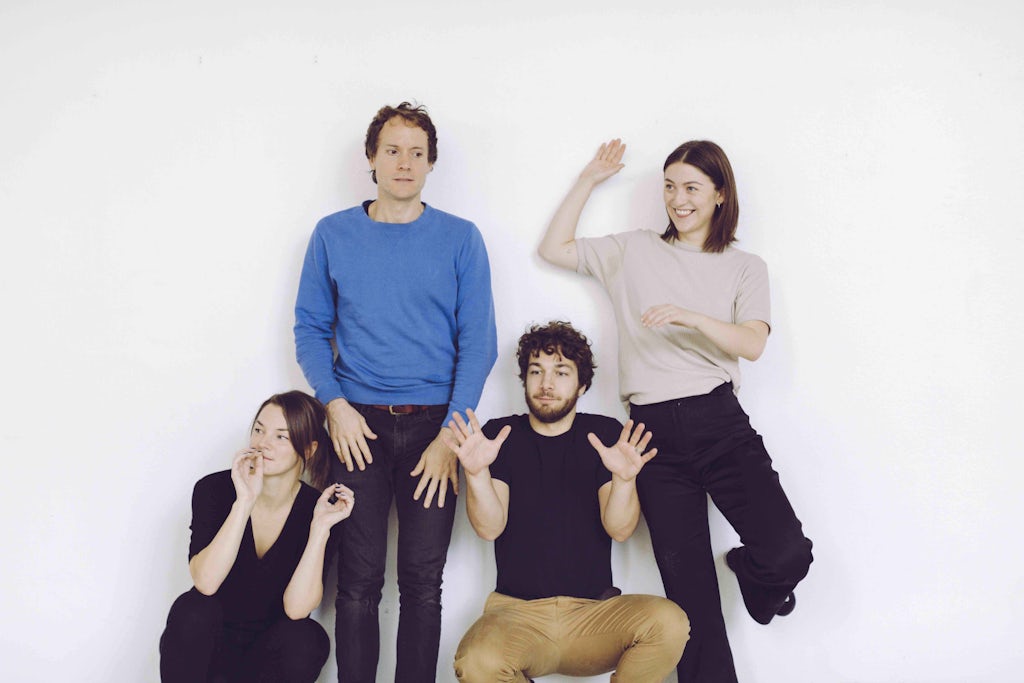
Liz Kinoshita – 11 O’clock 2021 – Dance

In her new creation, Liz Kinoshita reaches into her mechanisms of the musical research for this performance to focus on one particular mechanism, the ’11 o’clock number’. Traditionally found in musicals as the second to last number wherein a protagonist makes a pivotal realisation through a soliloquy-like address, the 11 o’clock number generally has plenty of emotion, conviction, drive and heart. Historically it can be a show-stopper or a melancholic reflective moment. Liz has an interest in how we conduct ourselves, and what power there is in listening to and observing each other’s methods for dealing with today’s quandaries… Do we pray, do we indulge, do we lash out, do we acquiesce? The title 11 O’clock lends itself to the conation of the 11th hour, of impending catastrophe, of an immediacy and directness, to be delivered on stage. Liz Kinoshita was born in Toronto, Canada and moved to Europe in 2002. She studied at P.A.R.T.S. in Brussels, Belgium 2004-2008. Liz has since worked with ZOO/Thomas Hauert, Tino Sehgal, Good Move/Eleanor Bauer, Hiatus/Daniel Linehan, among others, as well as making her own work with collaborators such as Clinton Stringer, Justin F. Kennedy, and Salka Ardal Rosengren.
Mohamed Toukabri – The Power (of) the Fragile 2021 – Dance
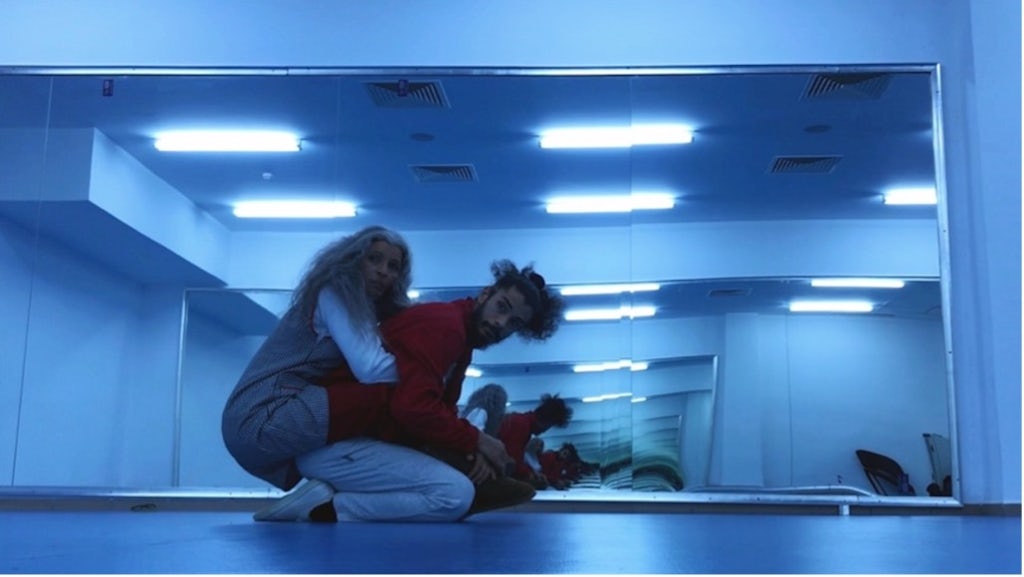
In The Power (of) The Fragile Mohamed Toukabri brings two bodies to the fore: a powerful young one and a fragile old one. His and his mother’s. In the middle of a desolate ground he extends the edges in order to pass their memories to the future. The performance is a poetic treatment of the natural cycle of life and death. It’s an attempt to reveal archetypes visually rather than literally or theoretically. After bringing his personal story on stage in his solo performance Toukabri now wants to enter another dimension of creation, one where the visual and auditive material supports the physical appearance of the bodies of a man and a woman, a child and a mother. Toukabri investigates what a safe space is, and claims the answer to be the womb, a place beyond concepts and theories. Different tableaux will visualise the life cycle (childhood, youth, adult, old age, the dying body) and symbolic figures like the goddess will take the audience on a visual futuristic journey. Mohamed Toukabri was born in Tunis and began dancing at the age of 12, starting with breakdance. He joined the Sybel Ballet Theatre (TN) led by Syheme Belkhodja (2002-2008). At the age of 16, Mohamed trained in Paris at the International Academy of Dance. In 2007 he returned to Tunis to study at the Mediterranean Centre for Contemporary Dance. He worked with the choreographer Imed Jemaa in 5 productions (2006-2008.) In 2008, he joined P.A.R.T.S. dance school in Brussels directed by Anne Teresa De Keersmaeker.
Sidney Leoni – FLY 2021 – Dance, movie
FLY is a cine-docu-dance-performance, by choreographer-filmmaker Sidney Leoni, centred on the life and the work of Polish ballet dancer & choreographer Vaslav Nijinski (played by Elias Girod), whom we meet together with the Ballets Russes in Paris in early 1920’s; and later on in Los Angeles, in 1983, for the making of a film about himself, co-starring American actress Gena Rowlands as his wife (played by Halla Ólafsdóttir), and with Gena’s husband, film director John Cassevetes behind the camera. On stage, FLY intertwines the projection of a docu-fiction-dance-film on a big screen, together with a live performance of the cast on stage. Sidney Leoni (1984, Toulon, France) lives and works in Brussels & Stockholm as a choreographer, dancer-performer and filmmaker. His artistic research explores the field of immersive and experiential theatre and cinema, in which he focuses on the processes and effects of audience’s imaginary and sensory perceptions. With his two performance projects Undertone (2010) and Hertz (2013), the theatre space is plunged in complete darkness becoming the stage for the orchestration of sensory movements such as surround-soundscapes, live music, smells, vibrations, airflows and temperature fluctuations, in correlation to performative situations of encounter and mutual reliance between performers, musicians and audience members.
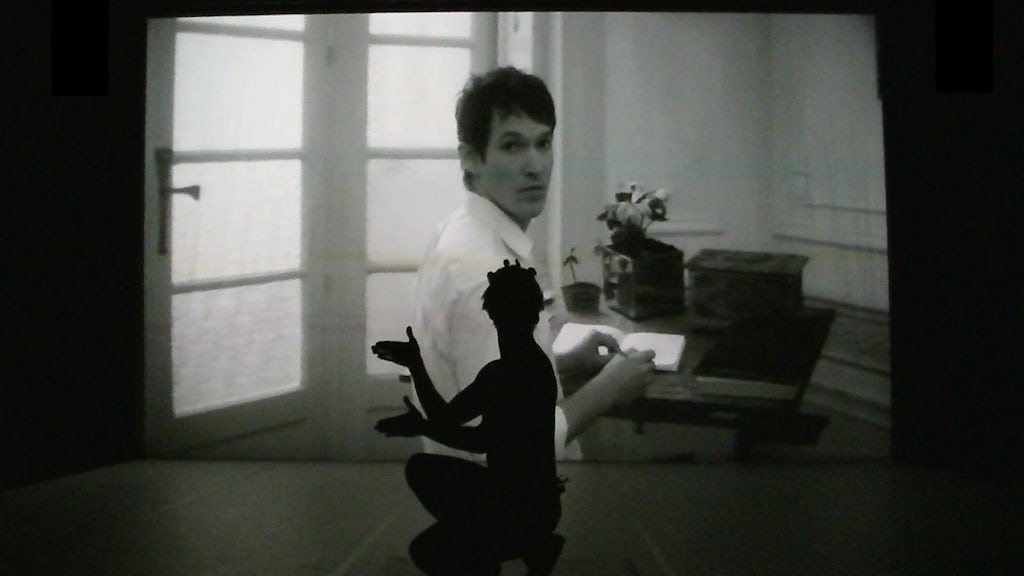
Ula Sickle – The Sadness 2020 – Dance, music
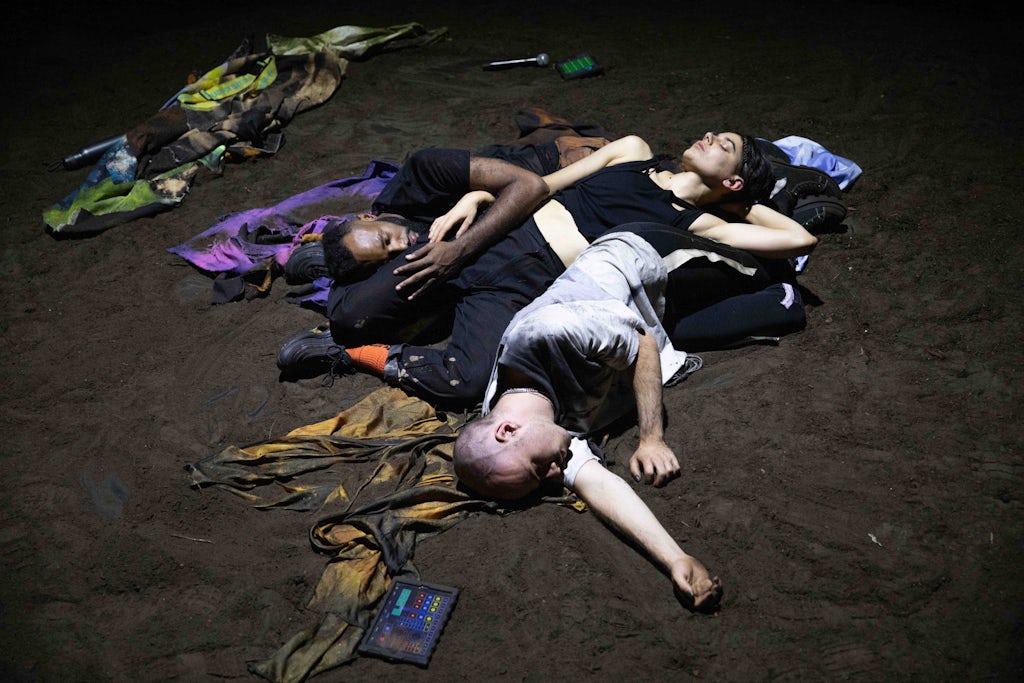
Three young people are sitting in their backyard. Making beats, writing songs for no one in particular, copying dances from the internet. And waiting. What else is there to do? The end of the world has already happened. The Sadness is a choreographing of contemporary melancholy in the form of a concert. Inspired by Sadcore music and the sub-genre of ’Sad Rap’, a home grown musical style that emerged on Soundcloud and other music platforms over the last years. Mostly self-produced, the genre combines emo-style lyrics that speak about depression, often with references to death and suicide, set to melancholic instrumentals and hip hop beats. Ula Sickle (CA/PL) is a choreographer and performer, living and working in Brussels (BE). From a background in contemporary dance, she works across disciplines, drawing from contemporary music and the visual arts. She studied in Toronto and Paris, before attending PARTS, Performing Arts Research and Training Studios in Brussels and Le Fresnoy in Tourcoing. In 2017-18 she was artist in residence at Ujazdowski Centre for Contemporary Art in Warsaw and WIELS in Brussels.
Ula Sickle & Stine Janvin – Echoic Choir2021– Dance, music
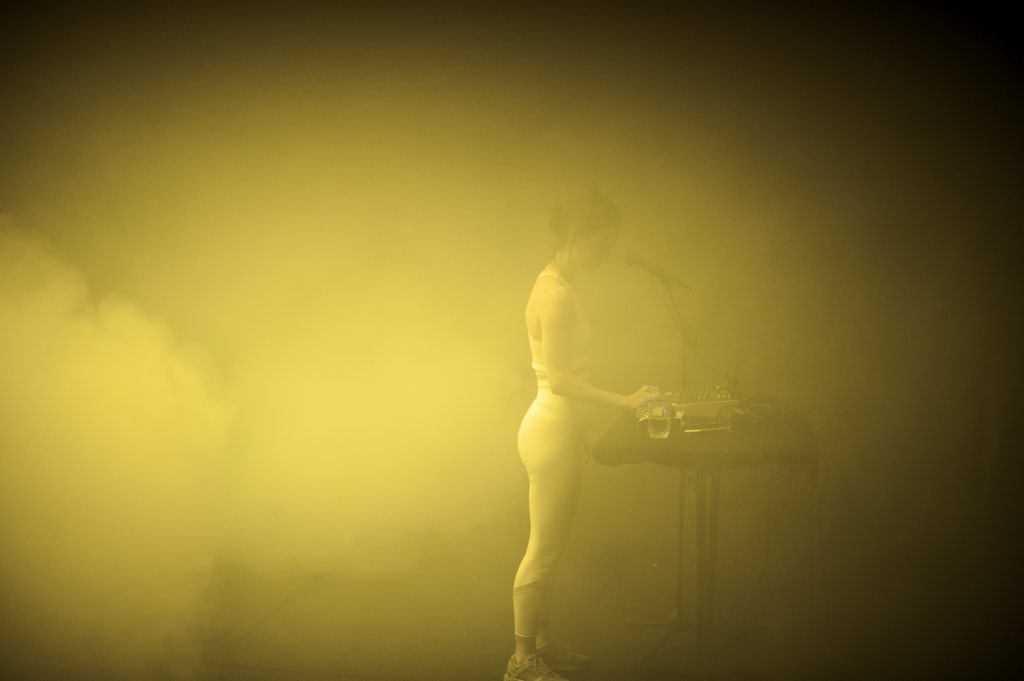
Echoic Choir is a collaboration between choreographer Ula Sickle (CA/PL/BE) and vocalist Stine Janvin (NO). The project aims to create a collective and immersive sensory event, by placing the performers and the audience in a shared space, as at a rave or in a nightclub. Relying on the power of the acoustic voice, the project uses the resonance of architectural space and the visual effect of choreographed movements to evoke the ritual of coming together around music in the late hours. Sound, choreography and the visual aspects of the work, such as light, will aim to create a strong synesthetic experience for the audience. Stine Janvin is a Norwegian vocalist and composer based in Oslo. She works with experimental music, sound and audiovisual performance. Through a diversity of projects she explores and challenges the physical features of the voice, the acoustics of her external/internal surroundings, and new performance strategies. From 2020 she will be artist in residence for one year in Berlin through the residency program DAAD.


